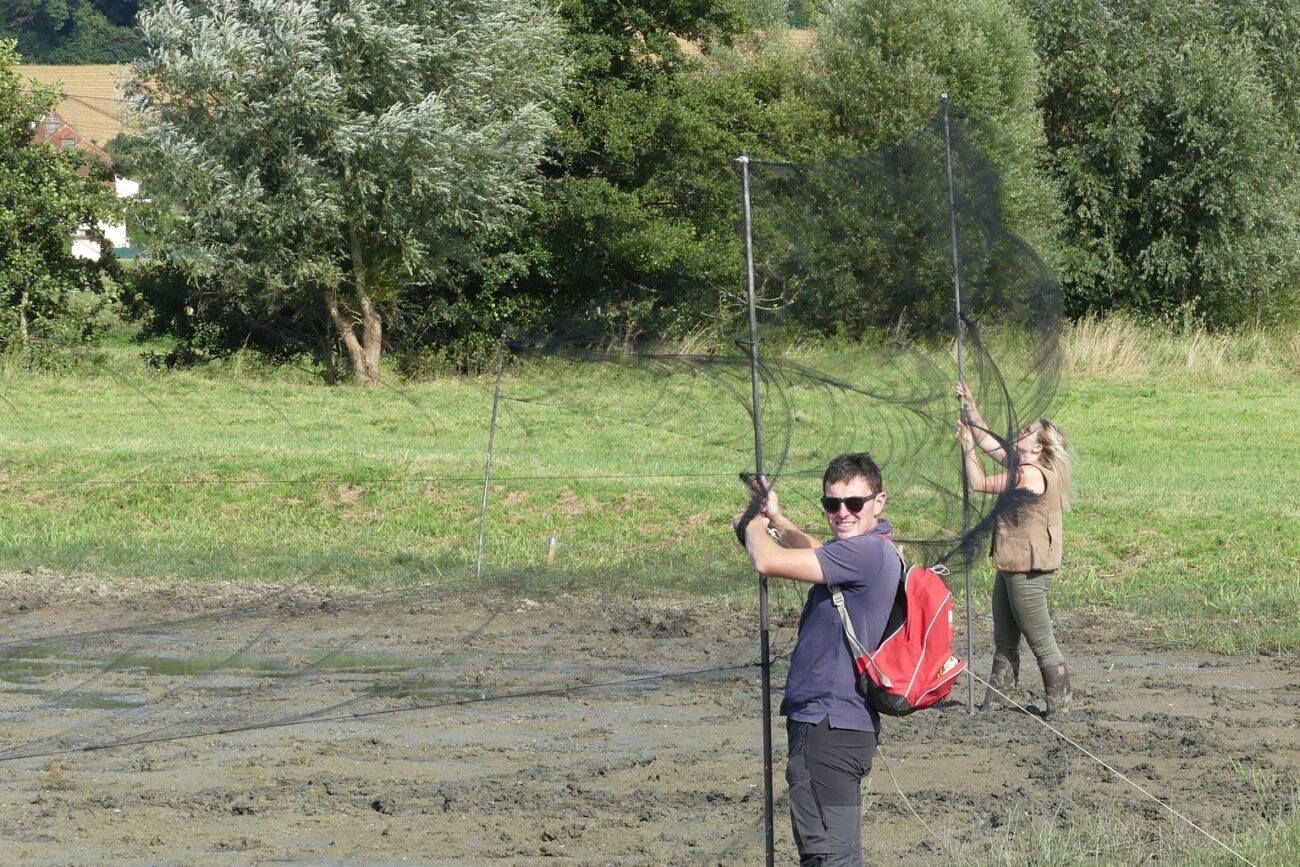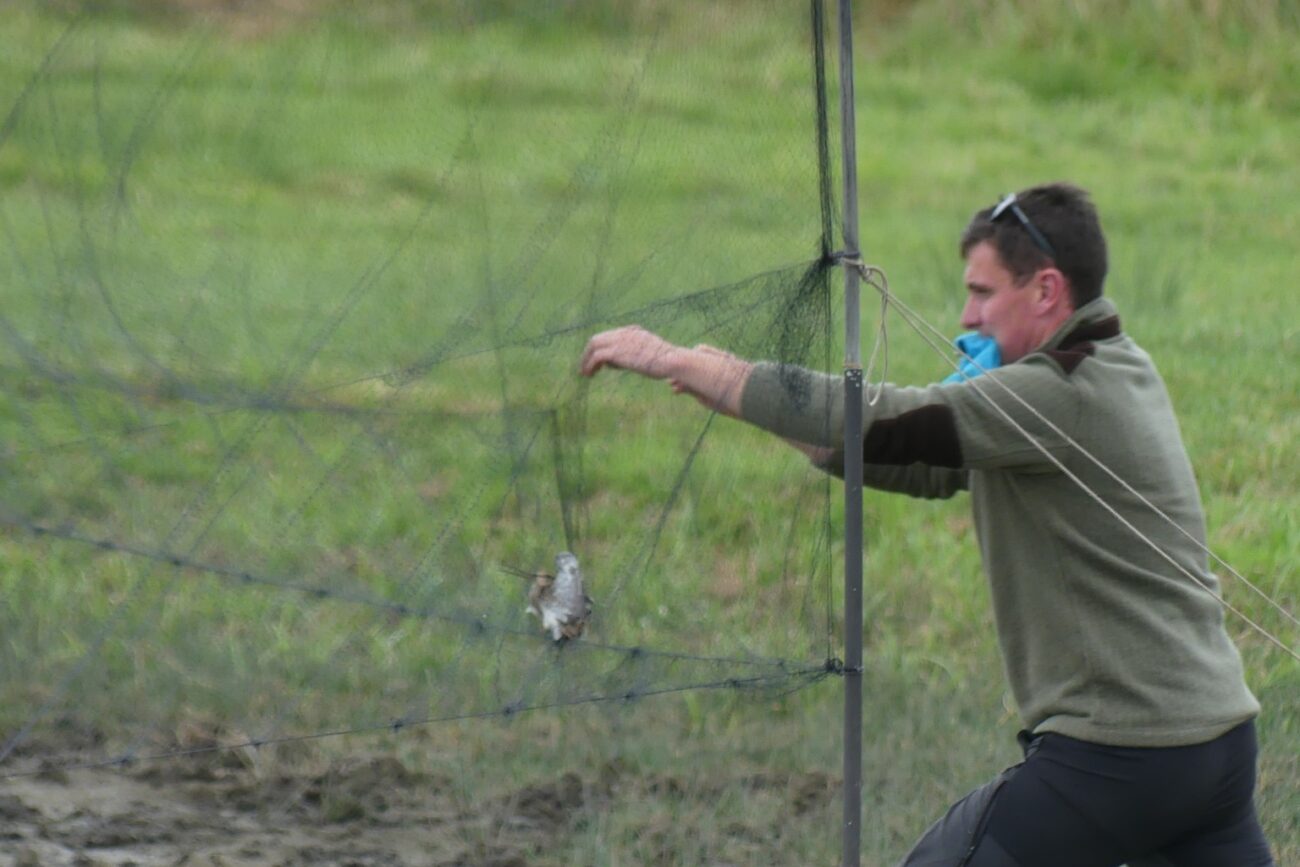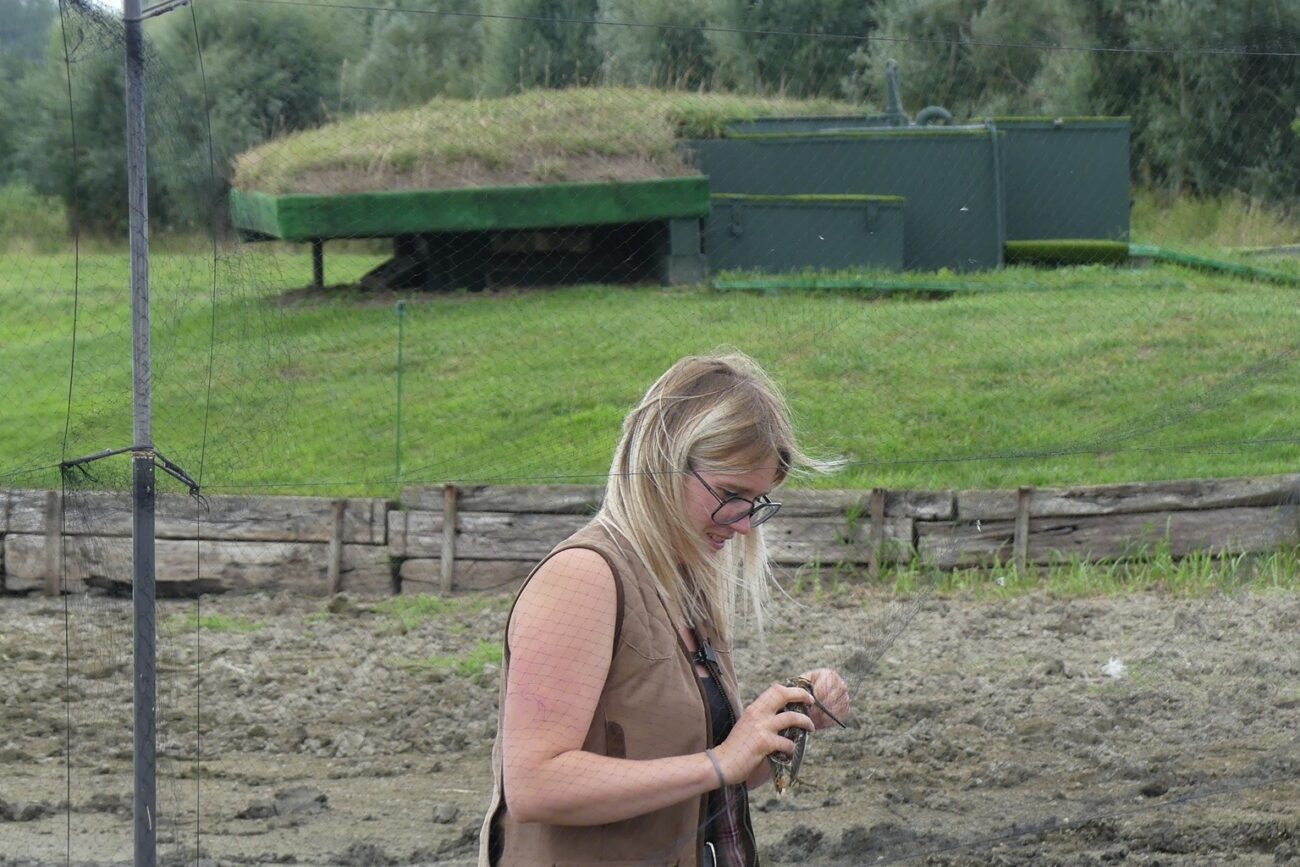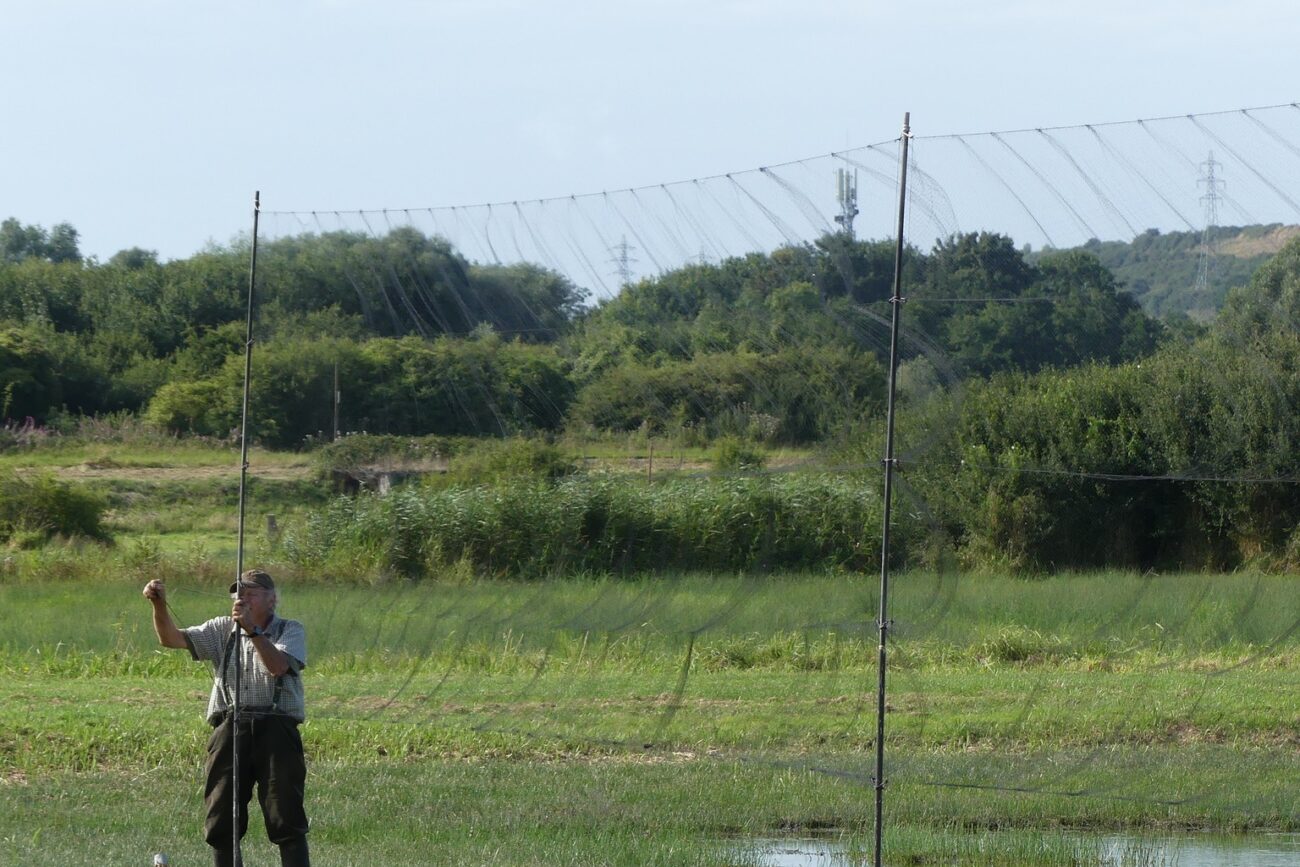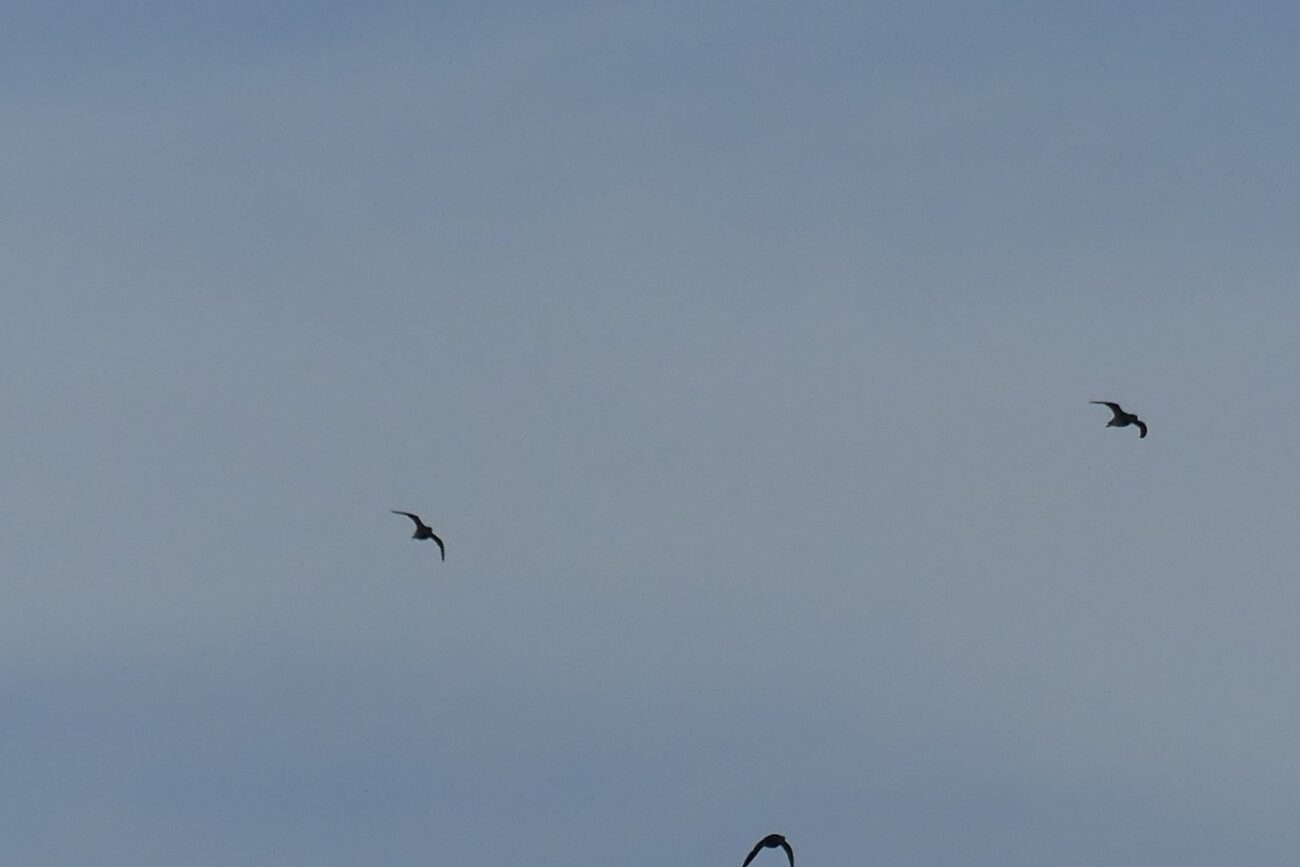As the waders make their return in August, the common snipe (Gallinago gallinago) is among the first to be spotted on their migration journey. This year, our dedicated team of bird ringers embarked on the first ringing session of the season at Arques-la-Bataille. Despite the ponds being partially dried out, the remaining moisture provided an ideal refuge for these birds, making it the perfect time to begin our ringing efforts.
During this initial outing, we successfully captured several snipes. Each bird was carefully measured and fitted with a small, uniquely coded ring before being released to continue its migration. This process, known as bird ringing, is a critical tool in the study and conservation of bird populations.
The Importance of Bird Ringing
Bird ringing is much more than just placing a band on a bird’s leg. It plays a vital role in gathering data that is essential for understanding various aspects of bird life. By tracking the movements of ringed birds, researchers can map migration patterns, uncovering the often astonishing distances that these small creatures travel each year. This information is crucial for identifying key habitats that need protection, both on breeding grounds and along migratory routes.
Ringing also provides valuable insights into the lifespan, survival rates, and behavior of different bird species. By monitoring ringed birds over time, scientists can study how environmental changes, such as climate change or habitat loss, impact bird populations. This data is vital for informing conservation strategies and ensuring that efforts to protect birds are based on solid scientific evidence.
EU Policy Relevance: Supporting Biodiversity Through Bird Ringing
The snipe ringing project at Arques-la-Bataille is closely aligned with the European Union’s biodiversity and environmental policies, particularly within the framework of the EU Biodiversity Strategy for 2030. This strategy emphasizes the need to halt biodiversity loss and restore degraded ecosystems across Europe, with a specific focus on protecting and monitoring migratory species. Bird ringing plays a crucial role in these efforts by providing essential data that informs conservation strategies and habitat protection initiatives. Moreover, the project supports the goals of the EU’s Natura 2000 network, which aims to preserve Europe’s most valuable and threatened habitats and species. By tracking the movements and population trends of birds like the snipe, the ringing project contributes to the broader EU objectives of sustaining healthy ecosystems, safeguarding biodiversity, and ensuring the long-term resilience of Europe’s natural heritage.
Moreover, bird ringing contributes to monitoring population trends, which can reveal broader ecological changes. By understanding how bird populations are shifting, researchers can detect early signs of environmental stress, guiding conservation actions before problems become severe.
The snipe ringing session at Arques-la-Bataille marks the beginning of an important season of data collection. Each ringed bird adds a piece to the puzzle of understanding our natural world, helping to ensure that these remarkable creatures continue to thrive in the wild.
As we move further into the season, our team will continue its efforts, contributing to the global understanding of bird migration and ecology. Through the dedication of ringers and the support of conservation organizations, we can ensure that the future of these migratory birds is safeguarded for generations to come.
For more information please check out:

